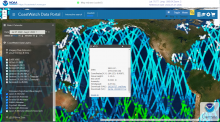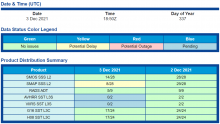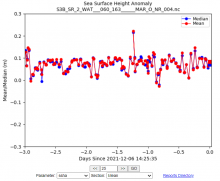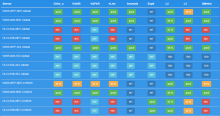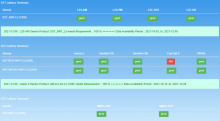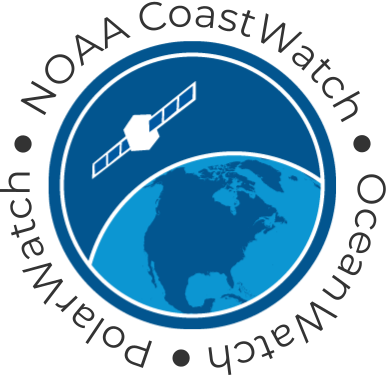| Description |
This OceanWatch Monitor provides an easy way for CoastWatch users to assess the state of the available products at one location (under one URL). The current capability includes monitoring of five different environmental data record (EDRs): Ocean Color (OC) Chlorophyll-a, Sea Surface Height (SSH), Sea Surface Salinity (SSS), Sea Surface Temperature (SST) and Sea Surface Wind (SSW) aka Ocean Surface Vector Wind. The OM framework is flexible to accommodate newer products for existing EDRs, and scalable for adding a newer EDR. Besides product monitoring within a given EDR family, it is envisioned to allow a joint analysis of different EDRs under an inter-thematic module. However, not all available CW products have been included in the monitor yet and this will be done incrementally. Likewise, the various data sets may have different latencies depending on their scientific needs. See Quickstart Userguide for more information. |


